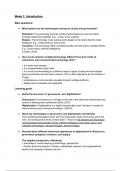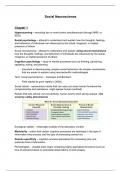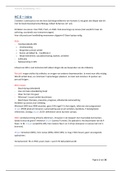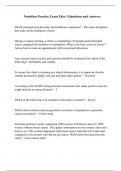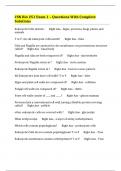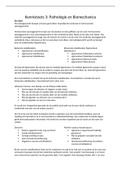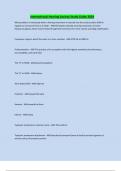Samenvatting
Samenvatting Governance and Digitalisation (incl. literatuurverwijzingen)
- Instelling
- Universiteit Leiden (UL)
Deze samenvatting, in het Engels, vat de stof van het vak Governance and Digitalisation samen. Ik verwijs ook naar de literatuur wanneer ik een theorie samenvat die volgt uit een wetenschappelijk artikel dat het vak gebruikt. Het kennen van deze auteurs plus hun werk was doorslaggevend bij het hale...
[Meer zien]
